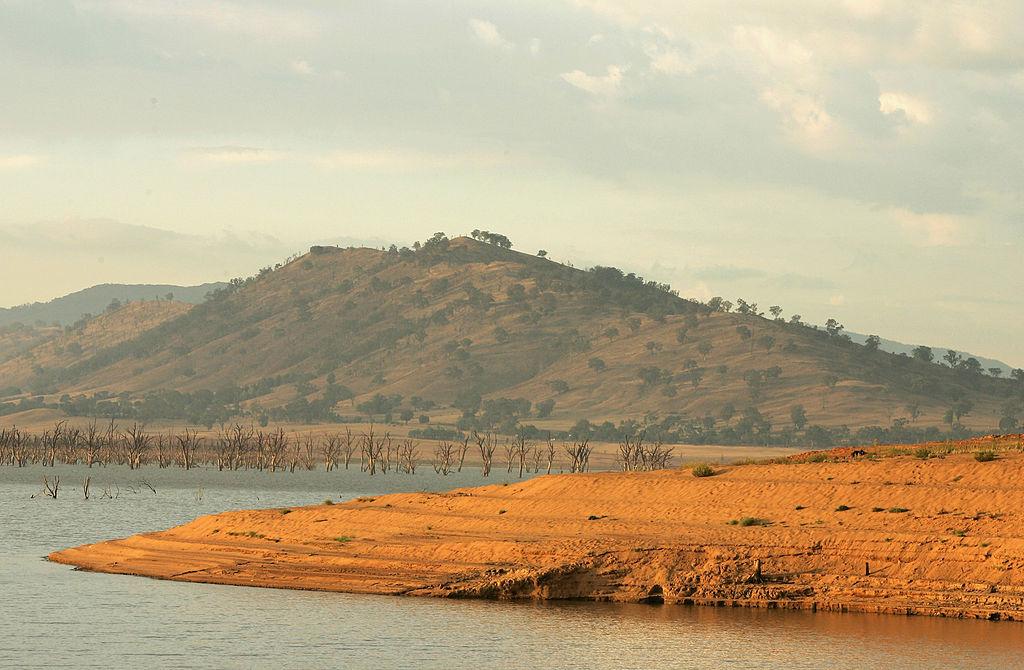Forecast heavy rainfall could see a Victorian dam spilling for the first time in 26 years, potentially contributing to flooding downstream.
The Dartmouth Dam has overflowed only four times since its completion in 1979, the last time being in 1996.

Forecast heavy rainfall could see a Victorian dam spilling for the first time in 26 years, potentially contributing to flooding downstream.
The Dartmouth Dam has overflowed only four times since its completion in 1979, the last time being in 1996.